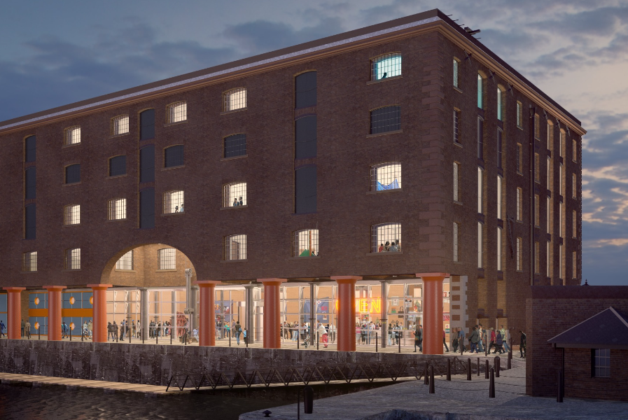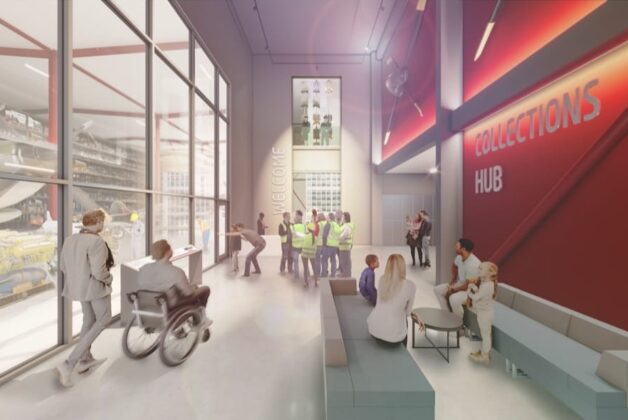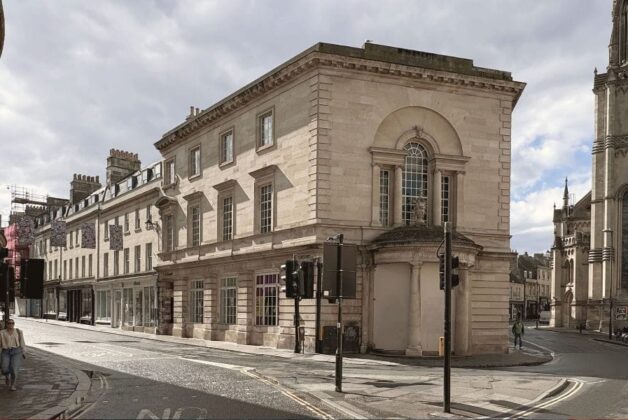Image: Rachel Reeves (CC BY-NC-ND 2.0 HM Treasury)
As Chancellor Rachel Reeves delivers her first Autumn Statement, museum and heritage sector representatives across the UK are responding to the newly announced fiscal measures.
Increase in Grant-in-Aid
While there was no mention of specific investment into museum and heritage capital projects, the government has committed to raise Grant-in-Aid for National Museums and Galleries in the budget, with a 2.6% real terms growth between 2023-24 to 2025-26.
In 2022/23 under the last government, DCMS-funded cultural organisations received a total of £1.3 billion in Grant-in-Aid, a 30% decrease compared to 2021/22 after inflation.
The Chancellor has committed to a “package of cultural infrastructure funding” which it says “will build on existing capital schemes – with additional capital investment to support cultural organisations across the country.”
The capital will be provided to arm’s length bodies. Organisations to previously receive funding include Arts Council England, the British Film Institute and Historic England.
Tax relief
Carried over from the previous government’s Spring budget, Museums and Galleries Exhibitions Tax Relief will remain in place. Non-touring rates will fall from 45% to 40% and touring rates will fall from 50 to 45% from April 2025.
Council funding
The Chancellor outlined £1.3bn extra funding for local authority services, of which at least £600m is already earmarked for social care, and none of which is committed to civic museum spending.
This amount, “together with council tax flexibilities and locally-retained business rates”, is expected to lead to an increase in core spending of 3.2% said Reeves.
Dr Jonathan Carr-West, Chief Executive of not-for-profit membership organisation Local Government Information Unit, said for local government, the budget “could have been worse”.
Carr West added: “Is this a start? Yes. Is it enough? Not by a long shot. At least not yet. There’s a positive direction of travel set out, but there’s a long way to go and the pressure on council finances means there’s a real risk that some councils will not be able to hang on long enough to get there.”
The sector reacts
Jenny Waldman, Director, Art Fund
“While we’re pleased to see that the Government has committed to increase core Local Authority spending power by around 3.2% in the Autumn Budget, and promised some much-needed support for the National Museums and Galleries through increased grant-in-aid funding, and capital investment, the Budget falls short of addressing the urgent and long-term challenges facing the sector, particularly for civic museums.
“Three quarters of UK adults say having a local museum adds value to their area. Museum play a central role in rebuilding communities, bringing people together and inspiring audiences through their collections. We will continue to make the case for long-term investment in all UK museums to safeguard these vital spaces of inspiration for communities both now and in the future. “
Sara Wajid, Co-CEO of Birmingham Museums Trust
“While we welcome the overall uplift for DCMS, this budget leaves us worse off and we are already in a dire financial situation in Birmingham. We look forward to discussing solutions with the treasury to protect the world class cultural heritage for the people of the west midlands and the nation.”
Tony Butler, Executive Director at Derby Museums
“On first reading there doesn’t appear to be any assistance in the Chancellor’s budget to address the financial crisis facing regional museums. Moreover, the above inflationary increase in the National Minimum Wage and increase in National Insurance contribution will put even more pressure on already fragile museum organisations.
“I am delighted for colleagues in the large national museums, predominantly in London, who have received a commitment to increase their aid. I and my regional museum colleagues look forward to further discussions with the Treasury and Department for Digital, Culture, Media & Sport.”
Lisa Ollerhead, Director at the Association of Independent Museums
“Recognition of the sector’s need for investment is encouraging news for AIM members. We’re particularly keen to get into the details of any additional capital investments in cultural infrastructure, especially if it offers continued and essential support for maintenance.
However significant challenges remain in managing operating costs. While support for low-paid workers is welcomed, increases to the minimum wage and employers’ National Insurance contributions add further pressure to already extremely tight budgets. With limited options to offset these rising costs, we look forward to collaborating with funders to explore ways they might adapt their support to meet these new demands.
In the near term, we’ll be writing to DCMS alongside other museum bodies to express our appreciation for the positive steps while reinforcing the sector’s ongoing needs as we prepare for the upcoming Spending Review.”
Darren Henley, Chief Executive of Arts Council England
“In a challenging economic environment, we welcome the Chancellor’s commitment of urgently needed capital investment for the cultural sector. We will work closely with DCMS in the coming weeks to understand how these funds will be allocated to support cultural infrastructure around the country.
“More broadly, we are aware that wider changes in the budget, such as the increase in employer National Insurance contributions, will have significant implications for cultural organisations, and we will continue to work collaboratively with our colleagues in the sector to understand the likely impact of these measures.
“The sector we serve is made up of talented people and innovative organisations, bringing joy and inspiration to communities around the country. We will continue to make the case for their sustained investment, and to support them in finding dynamic ways to adapt in the future.”





